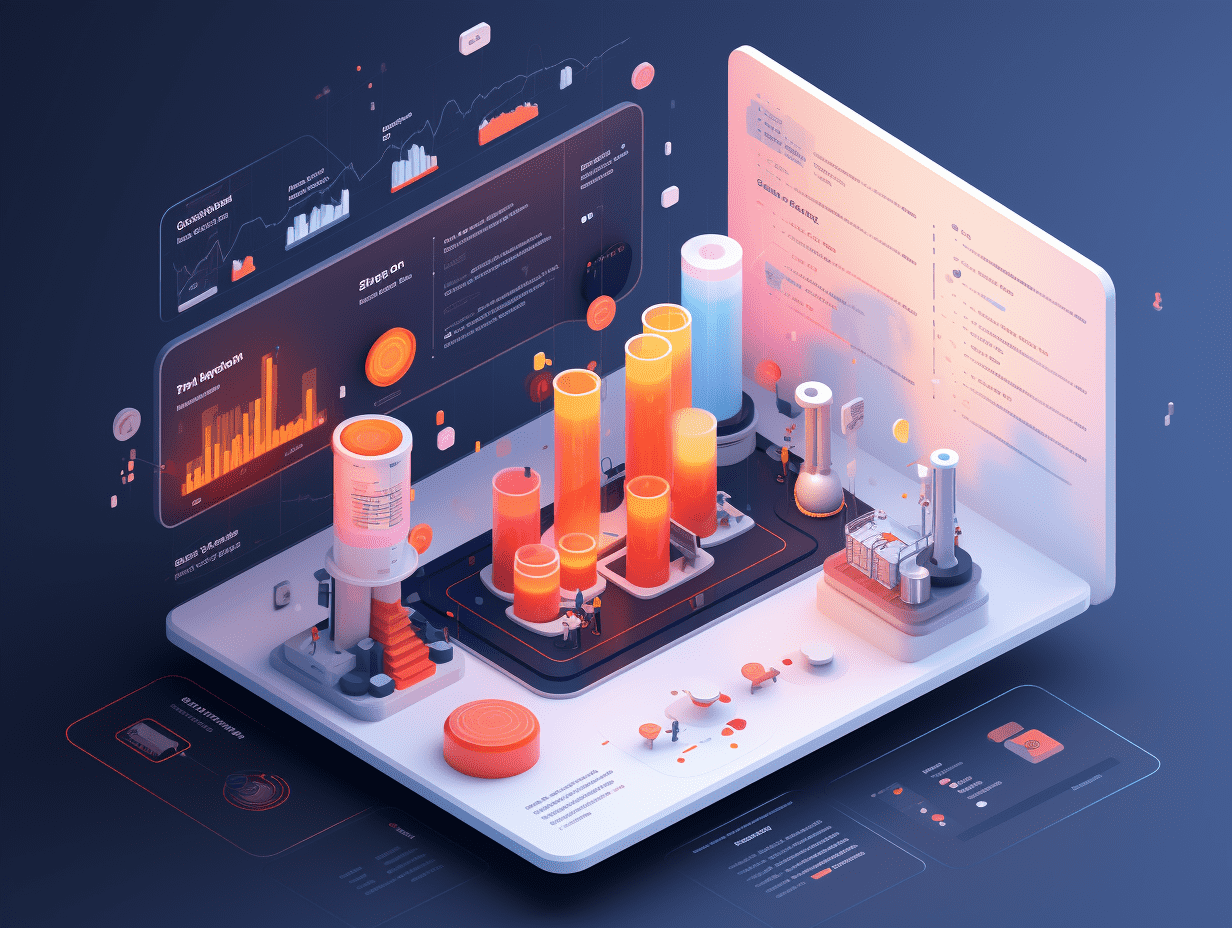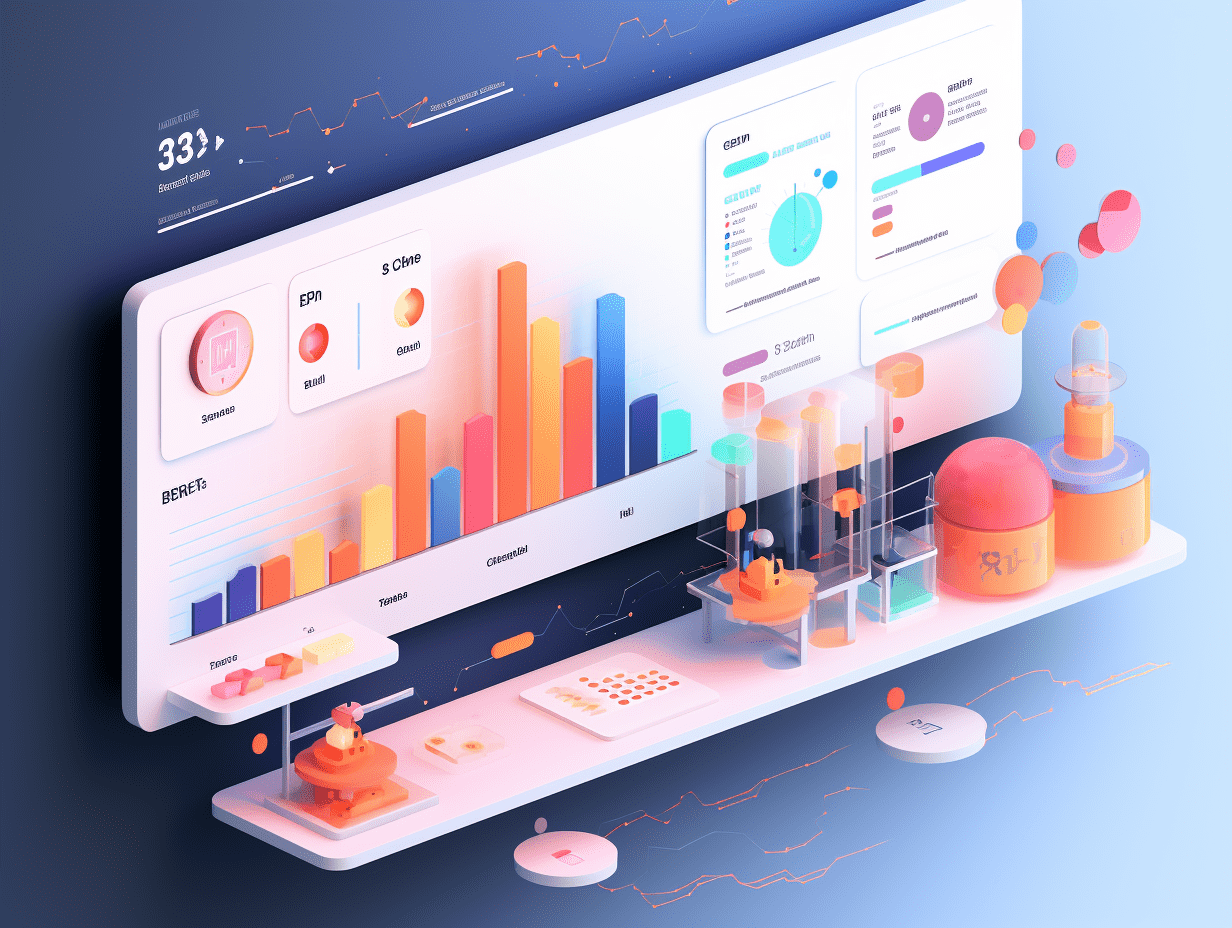Huaxi comments on US August nonfarm data: performance extremely weak, expectations of interest rate cut may rise further
The probability of a rate cut being implemented in September and October is high. However, there may be a cooling off period in rate cut expectations in November and December, making it difficult to predict whether a rate cut will occur at the December meeting.
Huaxi released a research report stating that on September 5th, the U.S. Department of Labor released the August non-farm payroll data. The non-farm employment increased by 22,000, lower than the estimated 75,000 increase. The July data was revised up by 6,000 to 73,000, while the June data was revised down by 40,000 to -13,000. The unemployment rate was 4.3%, in line with the market expectation and slightly higher than the previous 4.2%. Following the release of the data, gold prices rose by more than 1%, and the 10-year U.S. Treasury bond yield temporarily decreased by about 10 basis points to 4.06%. How should we interpret the impact of this non-farm data?
Firstly, the weak trend in non-farm employment continues, and the market expects consecutive rate cuts in September, October, and December.
In August, non-farm job growth continued to be weak, with only 22,000 new jobs added. The average over the past four months was 27,000, compared to an average of 150,000 from May 2024 to April 2025. The job creation ability in the labor market is "precarious", with the private sector adding an average of only 39,000 jobs over the past four months, the weakest period since before the pandemic (the average from June to August before the rate cut last year was 46,000). Not only does the non-farm data signal this, but other indicators such as job vacancies, ADP employment, Challenger layoffs, and initial jobless claims also point to weakness in the labor market. As a result, the market's expectations for rate cuts this year have increased from around 60 basis points to 72 basis points, with bets that the Federal Reserve will cut rates by 25 basis points at three meetings later this year.
Secondly, the unemployment rate and wages also support rate cuts.
Since February, the unemployment rate has been hovering between 4.1% and 4.2%. In August, it rose to 4.32%, the highest level since 2021. The Federal Reserve's June meeting projected a year-end unemployment rate of 4.5%, so the current 4.3% is still slightly below that level. The combined unemployment rate for July and August increased by 0.2 percentage points, showing more stability compared to the second half of last year when the Fed cut rates. This reflects the synchronized slowdown in labor demand and supply in the U.S. economy, with restrictions on immigration policies further reducing labor supply. In terms of wages, the hourly wage increased by 0.28% in August, equivalent to an annual rate of about 3.3%. These two sets of data support the case for rate cuts by the Federal Reserve.
Thirdly, has the expectations for rate cuts peaked? They may continue to rise.
Attention is now turning to two upcoming key data releases. On September 9th, the Bureau of Labor Statistics will release the annual preliminary benchmark revisions to non-farm employment (from April 2024 to March 2025). If the revision is larger than expected, it could worsen concerns about weakness in the labor market. Secondly, on September 11th, the CPI data will be released, and only if inflation remains lower than expected will expectations for rate cuts increase further. If multiple data points indicate downside risks to the U.S. economy, expectations for rate cuts may rise further to a range of 75-100 basis points.
Does this mean that rate cuts in October and December are also likely to materialize after September? The answer is uncertain, with a relatively higher probability for rate cuts in October, but lower certainty for December. Since October 2023, the U.S. has experienced multiple rounds of similar situations. If the market prices in too many rate cuts, bond yields could fall significantly, weakening the impact of market rates on inflation and possibly accelerating inflation. Following three rate cuts totaling 100 basis points before last year, the inflation process stagnated, leading to a pause in rate cuts. If the market aggressively anticipates 75-100 basis points in rate cuts, a similar scenario may unfold. In addition, not only is there persistent service inflation, but there is also the risk of tariffs gradually affecting retail prices, making the inflation situation more complex than last year. After expectations for rate cuts cooled from May to July, they are starting to rise again from August to October, increasing the likelihood of rate cuts in September and October. However, the probability of rate cuts in December is more difficult to predict.
Lastly, for various asset classes, the possibility of recession trades may increase slightly but are unlikely to dominate, and concerns about stagflation may replace them.
Following the release of the non-farm data, U.S. bond yields generally declined by more than 10 basis points, the dollar briefly dropped by nearly 0.5%, gold rose by over 1%, and U.S. stocks fell slightly. These market performances reflect concerns about economic slowdown, overshadowing expectations for rate cuts. There is an increased risk of U.S. stocks shifting towards recession trades, but the likelihood of stagflation risks in subsequent trades may be higher. On one hand, given the weakness in the labor market and consumer spending, the trajectory of the U.S. economy slowing down is relatively clear. On the other hand, pressures on wage growth from the labor market have eased, but price transmission from tariffs, persistent fiscal deficits, and a weakening of the Fed's independence mean that the inflation situation in the U.S. is more complex. In this environment, the rising expectations for rate cuts may give rise to secondary inflation risks.
In a stagflation-like environment, gold may have a relative advantage, also benefiting from the declining independence of the Federal Reserve. Equities may experience increased volatility but their inflation hedging properties remain advantageous, with the technology sector, which is less sensitive to economic cycles, potentially still offering excess returns. For U.S. bonds, short-term rates are more certain than long-term rates. The 10-year U.S. Treasury yield may remain in a range-bound pattern, rather than a downward trend. Moreover, the 10-year and longer-term Treasury yields not only face potential risks from inflation but will also be affected by the weakening of the Fed's independence, as well as external influences from the volatility of super-long bonds in Europe, the UK, and Japan.
Related Articles

Is the A share adjustment coming to an end? What are the main investment themes? Top ten securities firms' strategies are here.

WH Group (00288): Chairman of the Board, Wan Long, purchased 1.8 million shares of Smithfield stock in the second issuance.

C TRANSMISSION(00658): Guowei has been appointed as the new lead auditor.
Is the A share adjustment coming to an end? What are the main investment themes? Top ten securities firms' strategies are here.

WH Group (00288): Chairman of the Board, Wan Long, purchased 1.8 million shares of Smithfield stock in the second issuance.

C TRANSMISSION(00658): Guowei has been appointed as the new lead auditor.

RECOMMEND

“Land King Harvester” Greentown Sees Profits Plunge 90% to RMB 210 Million as “Survival Becomes Paramount”
04/09/2025

Fed’s Beige Book Reveals Multiple Economic Concerns: Slowing Hiring, Rising Prices, Cautious Consumers
04/09/2025

U.S. Tariff Receipts Soar Past $31 Billion in August, Setting New Monthly Record
04/09/2025


